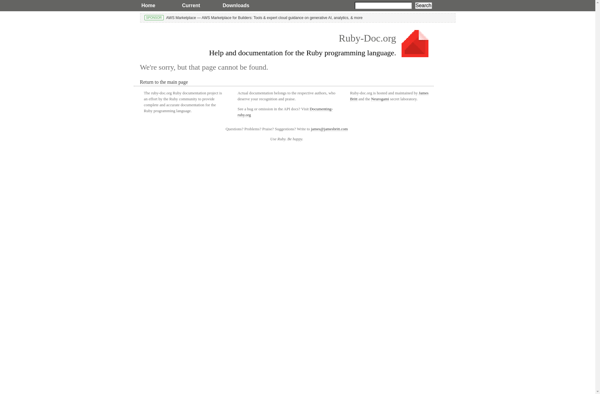Lighttpd
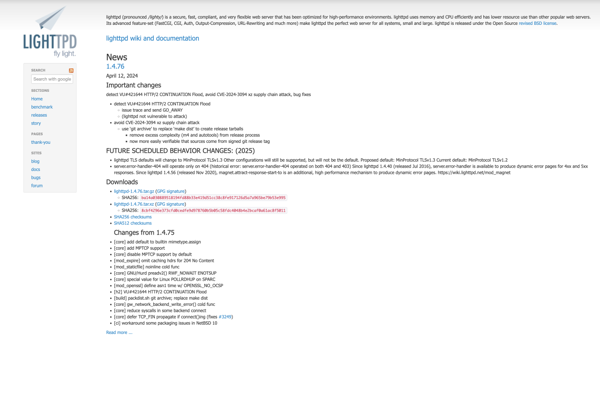
Lighttpd: Lightweight Open-Source Web Server
Lighttpd, often referred to as Lighty, is an open-source and lightweight web server known for its speed, efficiency, and low resource consumption. Designed with a focus on performance and flexibility, lighttpd is suitable for serving static and dynamic content, acting as a reverse proxy, and handling high-traffic websites.
What is Lighttpd?
Lighttpd (pronounced 'lighty') is a high-performance and open-source web server designed for efficiency and speed. It has gained popularity for its ability to handle a large number of concurrent connections with minimal resource usage, making it particularly suitable for scenarios where efficiency and low overhead are critical. Key Features: Performance: lighttpd is known for its speed and efficiency. It is designed to handle a large number of concurrent connections, making it suitable for serving static content, dynamic content, and handling high-traffic websites. Low Resource Consumption: With a small memory footprint and low CPU usage, lighttpd is considered a lightweight web server. This makes it suitable for environments with resource constraints, such as embedded systems or servers with limited hardware resources. Flexibility: lighttpd supports a range of features, including FastCGI, SCGI, CGI, and reverse proxy functionality. This flexibility allows users to deploy lighttpd in various scenarios, such as serving dynamic content through scripting languages like PHP or acting as a reverse proxy for backend applications. Security: lighttpd includes features to enhance web server security, such as chroot support, the ability to drop privileges, and support for SSL/TLS encryption. Regular updates and a security-conscious development approach contribute to its overall security. FastCGI and Proxy Support: lighttpd excels in its support for FastCGI, enabling the efficient execution of dynamic content scripts. It also functions as a reverse proxy, distributing incoming requests to backend servers. Event-driven Architecture: lighttpd utilizes an event-driven architecture, allowing it to efficiently handle a large number of connections concurrently. This approach contributes to its overall performance and responsiveness. Open Source: Being open-source, lighttpd is freely available for use, modification, and distribution. This open development model encourages community contributions and collaboration. Community Support: lighttpd has an active community of users and developers who contribute to its ongoing development, provide support through forums, and share insights on optimization and best practices. lighttpd is often chosen for scenarios where speed, efficiency, and low resource consumption are critical factors. It is suitable for serving static websites, handling high-traffic situations, and acting as a backend server for dynamic content.
Lighttpd Features
Features
- Lightweight and optimized for speed
- Low memory footprint
- Supports HTTP/1.1, FastCGI, SCGI, CGI
- Built-in SSL/TLS support
- Supports virtual hosting
- Modular architecture with plugins
- Load balancing and proxy capabilities
Pricing
- Open Source
Pros
Cons
Official Links
Reviews & Ratings
Login to ReviewThe Best Lighttpd Alternatives
Top Network & Admin and Web Servers and other similar apps like Lighttpd
Here are some alternatives to Lighttpd:
Suggest an alternative ❐Nginx
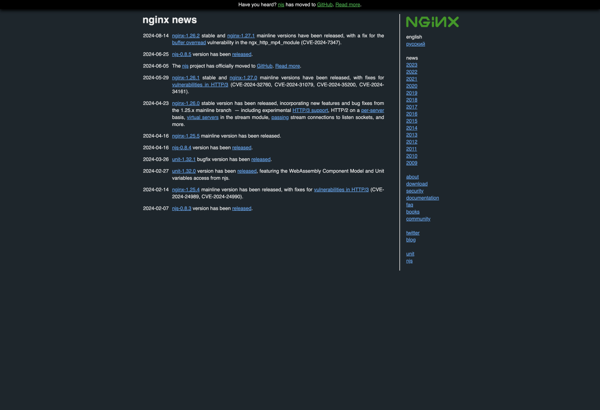
Apache HTTP Server
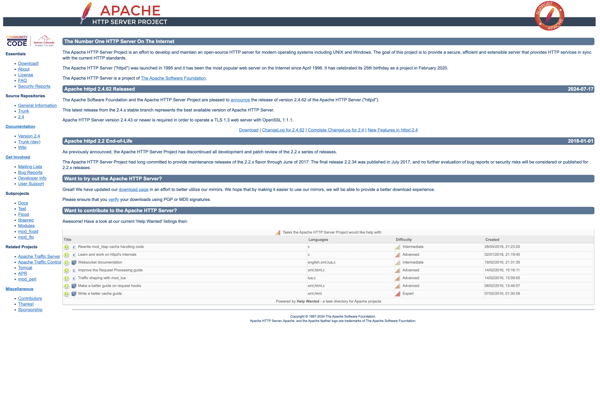
Tornado Web Server
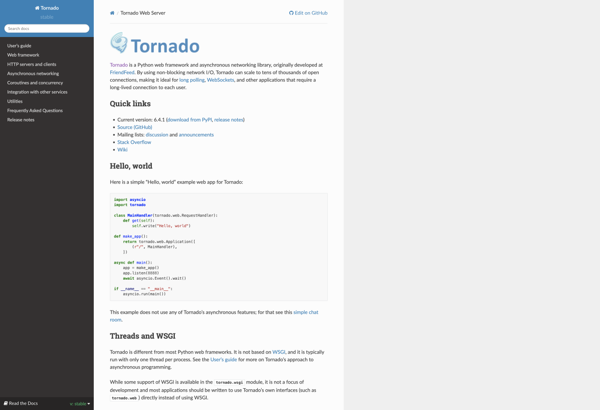
SimpleHTTPServer
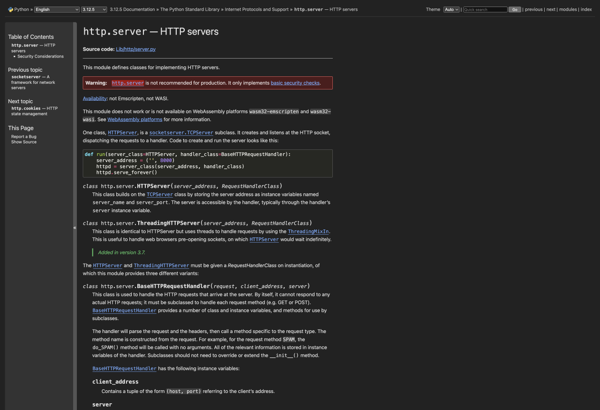
Microsoft IIS
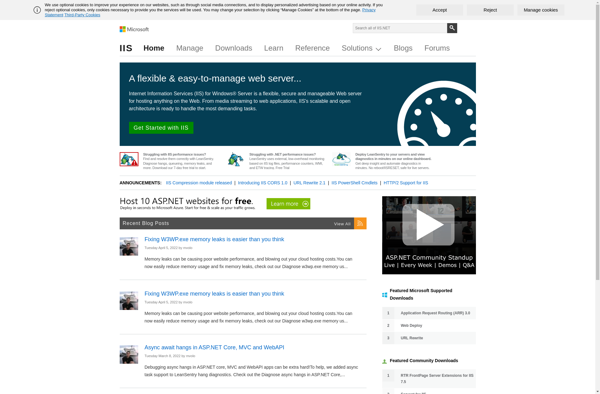
Caddy
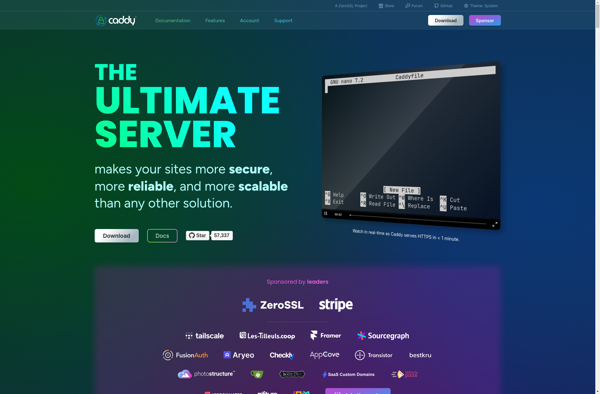
LiteSpeed Web Server (LSWS)
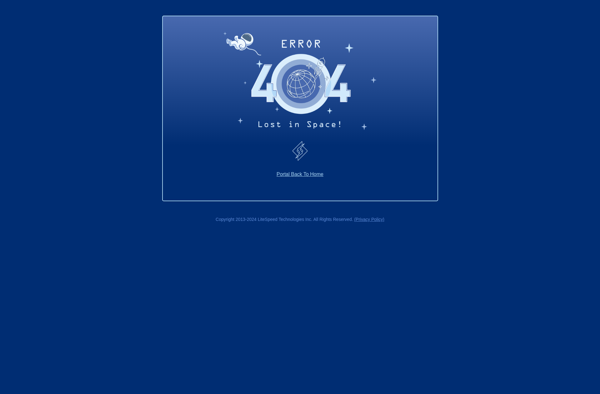
Abyss Webserver
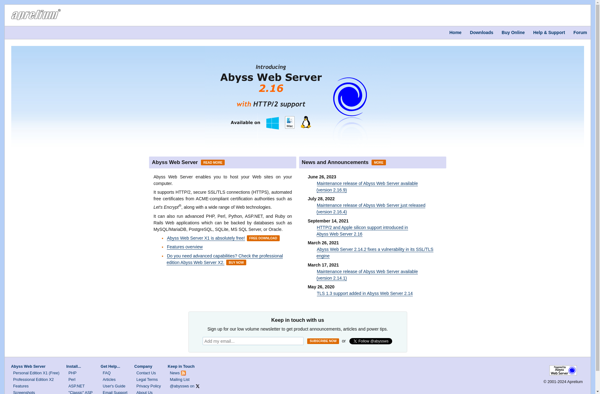
TinyWeb
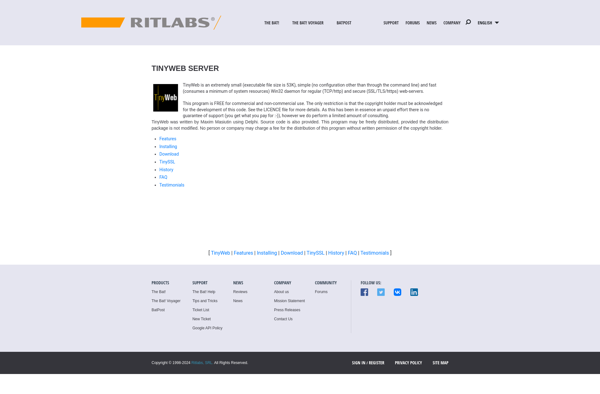
Webfs

OpenLiteSpeed

Windows Webserver

Baby Web Server

KatWeb
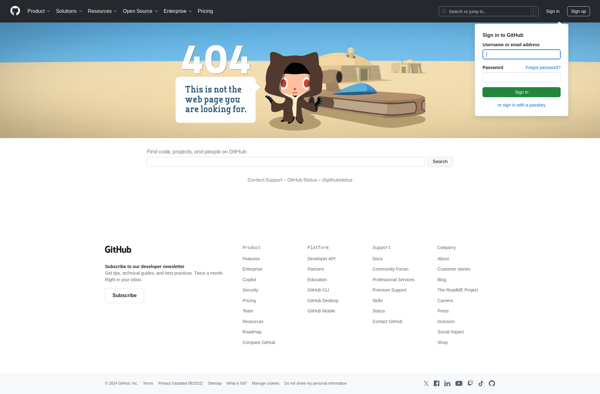
Osgood
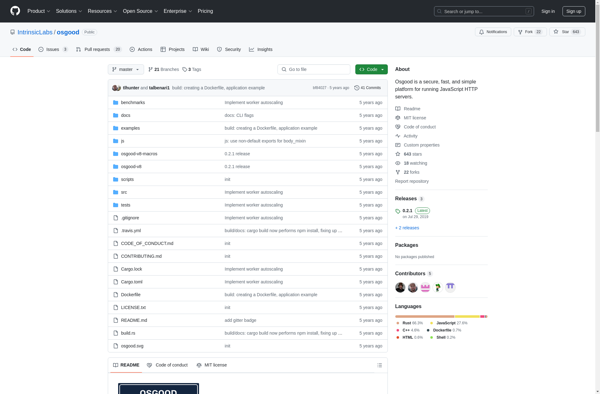
Cherokee
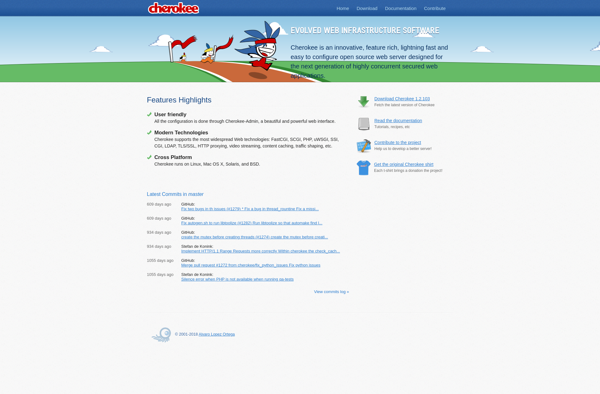
Nanoweb

Algernon
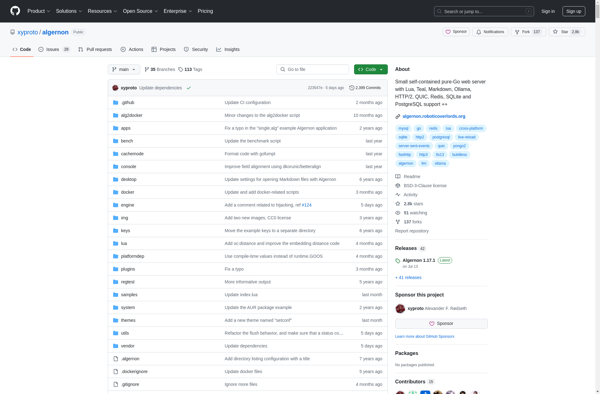
TrustLeap G-WAN Web Server

Mongrel
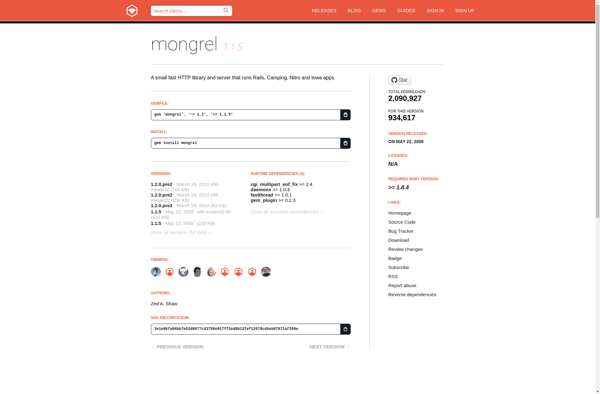
Hiawatha

Mongrel2
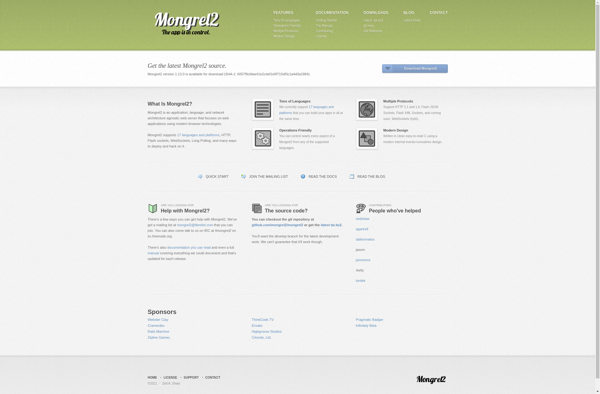
Appweb

SimpleServer:WWW

VBServer

Lwan
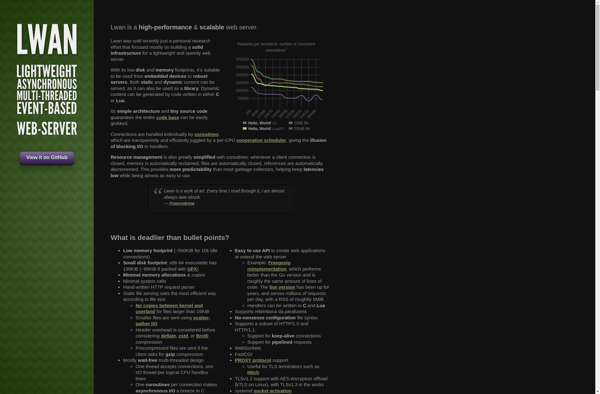
Tntnet

Rwasa
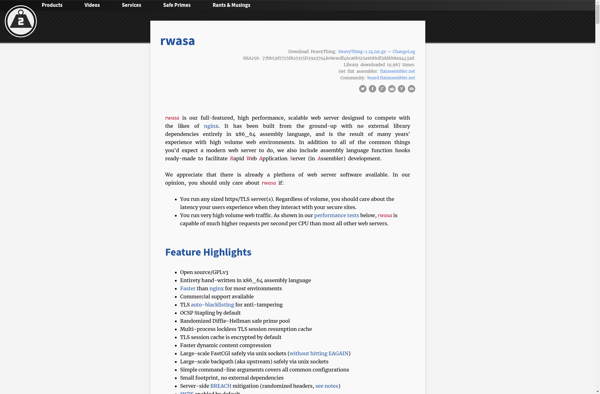
WEBrick
